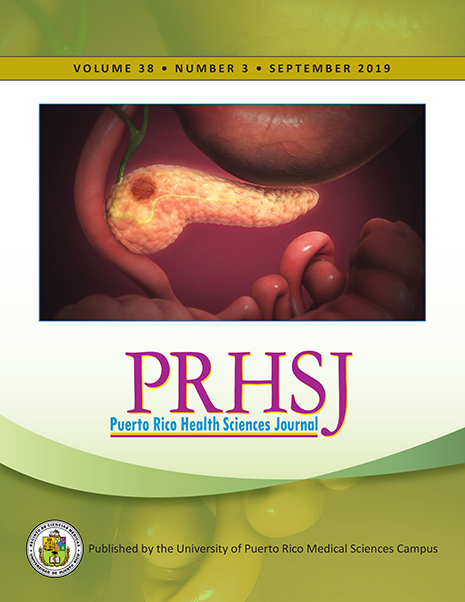Abstract
Carcinoma showing thymus-like elements (CASTLE) is a rare tumor arising in the thyroid gland. Fewer than 100 patients with this tumor, those predominantly from Eastern Asia, have been reported before. We present the first CASTLE case from Turkey. A 51-year-old male was admitted with a complaint of a neck mass and hoarseness. A laryngoscopic examination revealed left vocal cord paralysis. Neck ultrasonography showed a tumor which was compressing the esophagus and had invaded the left recurrent laryngeal nerve (RLN). The patient underwent a total thyroidectomy, a unilateral central-compartment neck dissection, and following adjuvant radiotherapy. Intraoperative nerve monitoring was performed during the operation to preserve the contralateral nerve. He completed a 3-year follow-up period after the completion radiotherapy, and no recurrence was observed. The treatment is controversial, although surgery with or without adjuvant radiotherapy appears to be the best choice. In cases of RLN destruction due to tumor invasion, we recommend using intraoperative nerve monitoring to preserve the contralateral RLN to avoid devastating complications, such as a tracheostomy.
Authors who publish with this journal agree to the following terms:
a. Authors retain copyright and grant the journal right of first publication with the work simultaneously licensed under a Creative Commons Attribution License that allows others to share the work with an acknowledgement of the work's authorship and initial publication in this journal.
b. Authors are able to enter into separate, additional contractual arrangements for the non-exclusive distribution of the journal's published version of the work (e.g., post it to an institutional repository or publish it in a book), with an acknowledgement of its initial publication in this journal.
c. Authors are permitted and encouraged to post their work online (e.g., in institutional repositories or on their website) prior to and during the submission process, as it can lead to productive exchanges, as well as earlier and greater citation of published work (See The Effect of Open Access).
